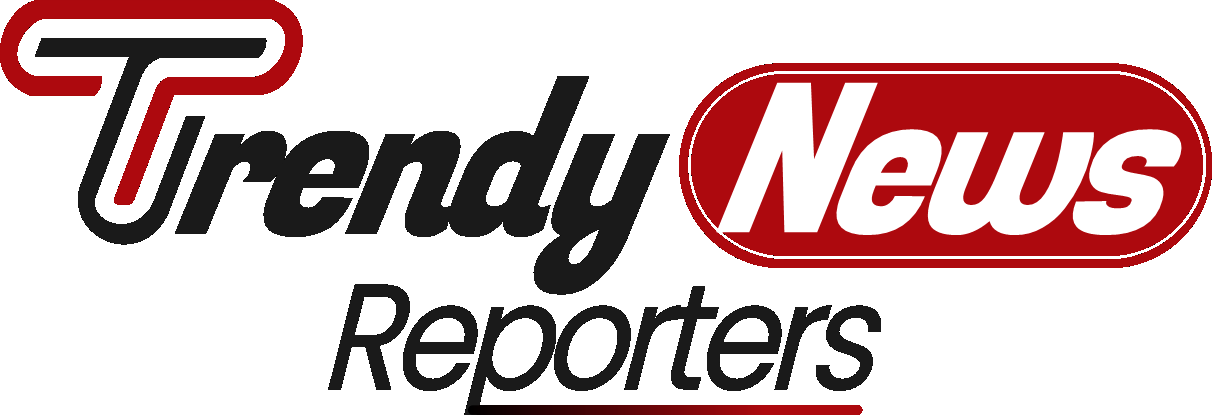Biden administration expected to reinstate Calif. authority to set tougher emissions rules

WASHINGTON – The country’s biggest auto market and the world’s fifth-biggest economy could before long recapture the position to set its own auto tailpipe rules and zero-discharge vehicle commands that are more severe than government guidelines.
The EPA is normal when this week to reissue a waiver under the Clean Air Act permitting California to seek after its own tailpipe ozone harming substance emanation guidelines and ZEV orders, and switching a Trump-time decide that looked to obstruct states from doing as such, a few sources told Automotive News.
“EPA is attempting to settle a choice on the California waiver … steady with its commitments under the Clean Air Act and hopes to give a choice sooner rather than later,” EPA representative Enesta Jones said in an explanation.
Related Articles
NHTSA in December pulled out its bits of the previous Trump organization’s standard – known the Safer Affordable Fuel-Efficient (SAFE) Vehicles Rule Part One.
The offices’ activities are driven by President Joe Biden’s leader request from January 2021, which coordinated the U.S. Division of Transportation and the EPA to rethink the Trump organization’s 2019 choice to renounce the state’s power.
The EPA conceded California the waiver in 2013.
Conservatives stay ardent contrary to the organization’s auto outflows approaches. U.S. Rep. Cathy McMorris Rodgers, R-Wash., the Republican head of the House Energy and Commerce Committee, put out this announcement in December:
“President Biden’s severe, race to-green auto outflows guidelines are one more illustration of this organization putting revolutionary earthy people’s plan in front of dedicated Americans. Rather than releasing energy here at home to assist with bringing down gas costs and assist families with paying for record-high expansion, President Biden is multiplying down on more order and command over the vehicles and pickup trucks we drive, with next to no worry assuming families can manage the cost of the vehicles that fulfill his guideline.”
The California Air Resources Board is currently creating guidelines that would speed up the progress to ZEVs and reinforce outflow principles for new light-obligation vehicles and trucks sold in the state. The prerequisites would begin with the 2026 model year and move to 100% deals of ZEVs beginning in 2035, a representative told Automotive News last month.
A December draft of California’s perfect vehicles rule shows the state expects to arrive at 61% ZEV deals by 2030, which is higher than Biden’s objective of 50% ZEV deals before the decade’s over.
In a letter sent Wednesday to Calif. Gov. Gavin Newsom, natural and equity bunches encouraged the state to set more forceful guidelines to control discharges and guarantee an impartial change to ZEVs.
“Since he has the keys back, Gov. Newsom requirements to guide California to the most grounded conceivable clean vehicle standard and recover the state’s environment administration,” Scott Hochberg, a transportation lawyer at the Center for Biological Diversity’s Climate Law Institute, said in articulation to Automotive News.
“This choice starts to fix the harm from the Trump years,” Hochberg added, “however it’s just signed on the off chance that California utilizes its one-of-a-kind ability to lead the country with the profound discharge cuts the environment emergency requests.”
Biden’s leader request last year additionally coordinated an audit of eco-friendliness guidelines for light vehicles.
The EPA in December finished a surprisingly hard rule on vehicle ozone-depleting substance emanations for 2023 through 2026 model years that could go about as an administrative driver for accelerating the business’ jolt plans.
Under the last rule, which is more rigid than the organization’s August proposition and the Obama-period necessities, discharges principles increment between around 5 and 10 percent each model year. The norms order an industrywide focus of 161 grams of carbon dioxide per mile – or 40 mpg on window stickers – by the 2026 model year.
NHTSA is relied upon to give its standard on mileage norms in March. The office in August delivered a recommendation that would build eco-friendliness 8% every year for the 2024-26 model years and increment assessed fleetwide normal by 12 mpg by the 2026 model year.
Fight in court
In a 2019 claim, California and 23 different states and ecological gatherings tested the Trump organization’s choice that government regulation keeps California from setting its own principles.
A gathering of automakers – including General Motors, Stellantis, Hyundai, Kia, Mazda, Mitsubishi, Subaru, and Toyota – and the National Automobile Dealers Association interceded in the claim, determined to help one public efficiency and ozone-depleting substance program.
In November 2020, GM pulled out its help from the Trump organization in the suit. Nothing and the excess automakers pulled out in February 2021.
A small bunch of automakers – Ford Motor Co., BMW, Honda, Volkswagen, and Volvo – favored California in 2020 to satisfy stricter vehicle emanations guidelines through the 2026 model year.
During his affirmation hearing, EPA boss Michael Regan told U.S. congresspersons he would attempt to guarantee states can set their own guidelines.
In July, a gathering of 16 Republican lawyers general asked the EPA to not reestablish California’s waiver. They contended that any endeavor to reestablish the waiver would be “unlawful” on the grounds that “a government regulation providing one state extraordinary ability to control a significant public industry goes against the idea of an association of sovereign states.”
Seventeen states and the District of Columbia have taken on California’s stricter vehicle emanation principles, addressing more than 33% of all light-obligation vehicle deals in the U.S.

